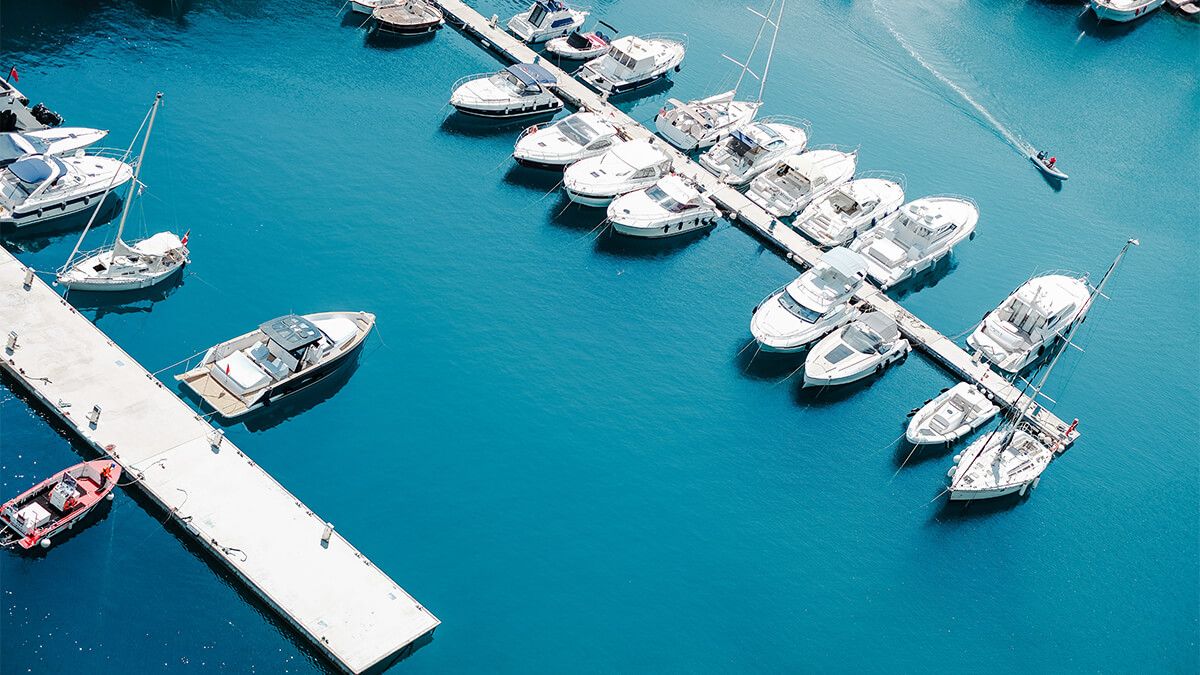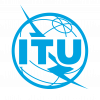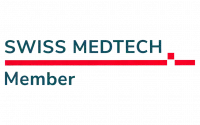BLOG
Telecom26 blog
Sailing The High Seas: IoT Maritime Connectivity keeps the crew of yachts connected

Telecom26 provides IoT maritime connectivity servies to leisure yachts, fishing boats, cruise ships, tankers and cargo ships of all shapes, sizes and countries of origin.
Yachting is a particularly niche market well served by both our nearshore maritime connectivity and global IoT maritime connectivity capabilities.
Apparently around 100 people have sailed solo, nonstop, round the world. Last year Jeanne Socrates, a 77-year-old British woman, became the oldest person to sail around the world alone, non-stop, and unassisted.
Her journey took 320 days starting and finishing near Vancouver in Canada. Much quicker than Captain Joshua Slocum, who completed the feat in June 1898 after 3 years and 2 months. His account of this voyage Sailing Alone Around the World, is a fascinating read documenting the challenges of life at sea - fog, gales, danger of collision, loneliness etc. As well as the perils of navigation, pirates, sharks, reefs and shipwrecks. The book is considered to be a classic of travel literature.
Of course, Captain Slocum didn’t have the benefit of any electronic communications back then - which enable nearshore maritime connectivity and global IoT maritime connectivity - often relying on the stars to navigate. A far cry from the options open to sailors these days with IoT and AI technologies enabling real-time monitoring of a boat’s position and condition.
IoT Maritime Connectivity at Sea
This piece in Yachting World “Monitoring apps: How the Internet of Things can turn your boat into a smart boat” says that “at its most basic a real-time remote monitoring system…has five core functions: GPS position, bilge alarm (detects water at the lowest point of a boat), smoke/fire alarm, battery voltage, and intruder alarm”.
However, there are a raft of other useful - and life-saving - info points that can be enabled by connecting on-board sensors to an IoT maritime connectivity service which will warn skippers when they are sailing into danger or have a problem on-board. And, of course, these all rely on having reliable and high-quality connectivity.
From satellite to cellular to IoT
For years, satellite has been the mainstay for maritime connectivity - nearshore and offshore. Fact is, however, that most vessels spend the majority of their time in port or hugging the coast. This means that it’s far more cost-effective to use existing cellular networks for nearshore maritime connectivity rather than satellite.
However, the major problem with the cellular at sea approach is that traditionally multiple SIMs have been required to ensure coverage throughout a vessel’s journey, especially when it’s travelling cross-border.
With the specific goal of improving connectivity at sea - and in remote landlocked areas around the world, Telecom26 developed its Multi-IMSI global SIM cards which are at the heart of our nearshore maritime connectivity and global IoT maritime connectivity services.
With just one of our SIMs the devices of sailors will automatically and seamlessly switch from one local network to another throughout their voyage.
Telecom26 SIMs are compatible with 1100 cellular networks from over 620 mobile operators in more than 220 countries which means that wherever your sea legs take you, we’ll be connecting you all the way.
Smart yachts: communicating data from multiple on-board sensors
For yachts - and larger vessels of course - that have, or will have, multiple sensors tracking the condition of both the ship and its contents, a more sophisticated SIM solution is needed.
This is where Telecom26’s multi-SIM routers come in. These act as a single route into the on-board IoT network and, like our single global SIMs, can automatically switch between multiple cellular networks - and wifi, LANs and satellite - so that they always use the best available connected network.
With pay-as-you-go rates as low as €2 per GB, and data bundles of up to 2.5TB, Telecom26’s nearshore maritime connectivity and global IoT maritime connectivity service is now even more affordable - and optimised for ships and offshore infrastructure.
To learn more about Telecom26’s suite of nearshore maritime connectivity and global IoT maritime connectivity services please click here.



